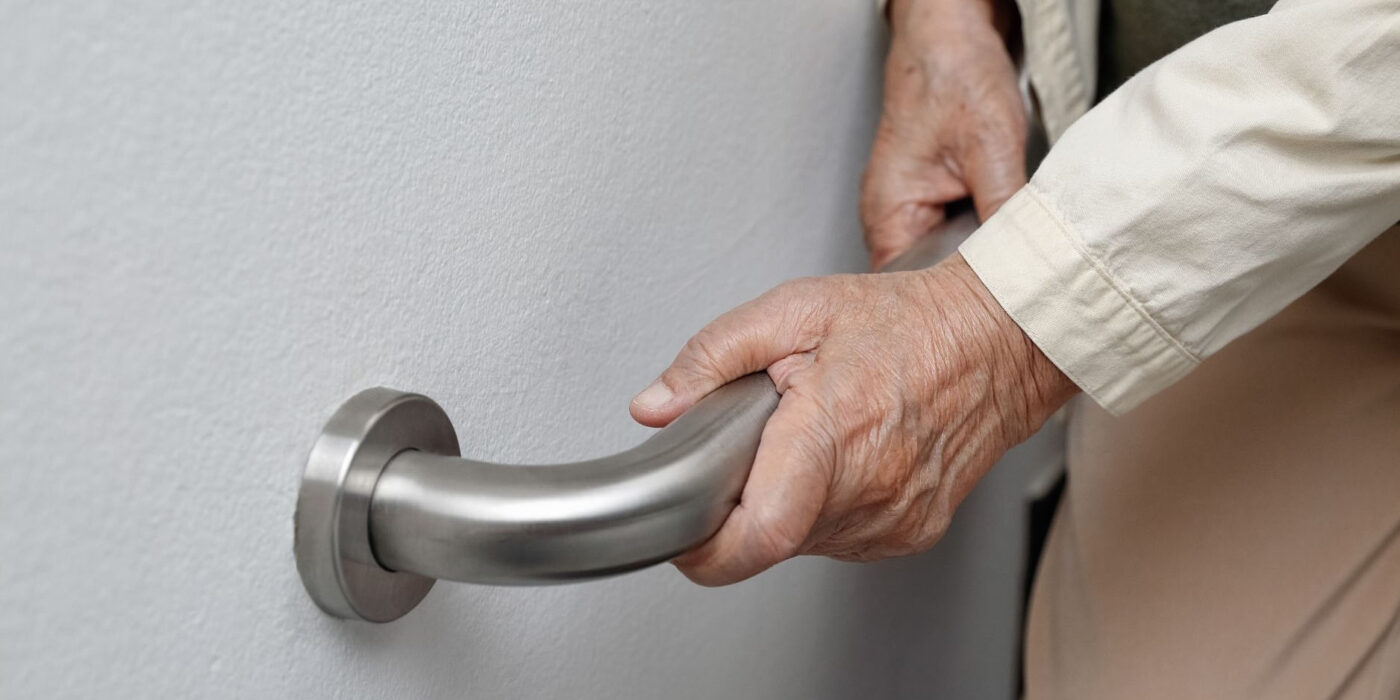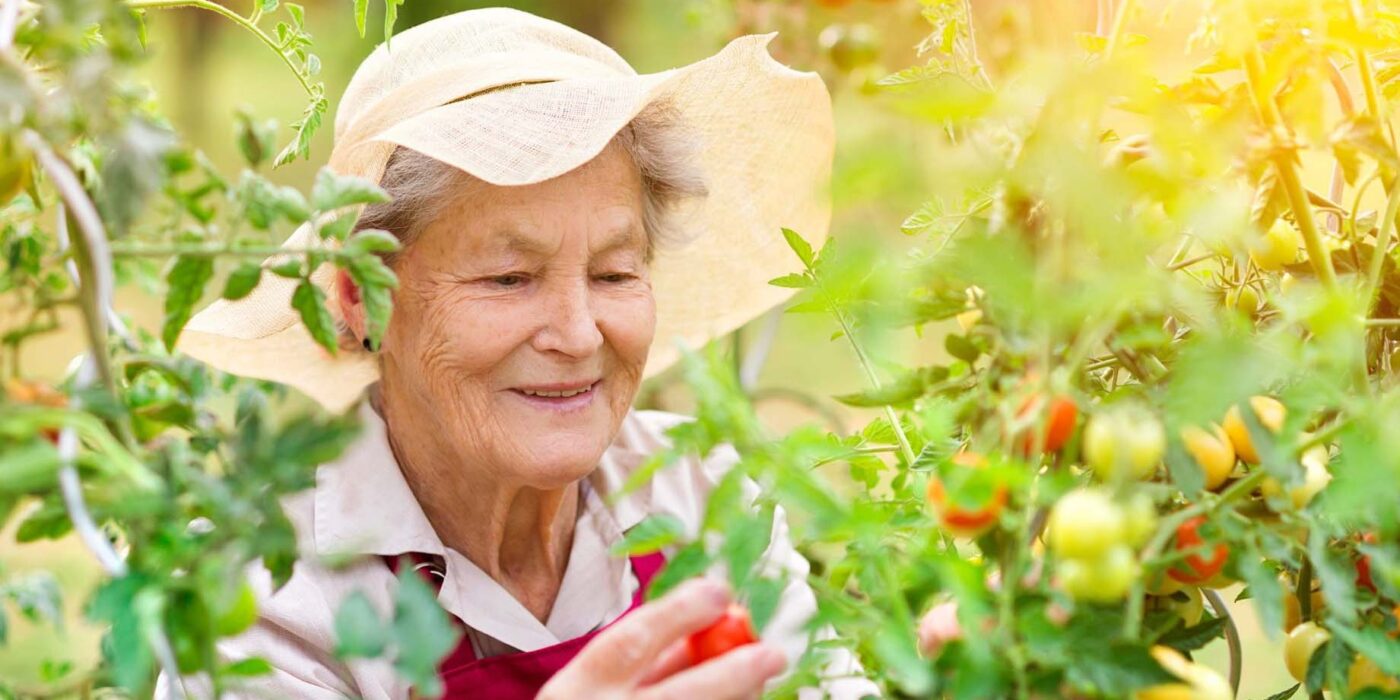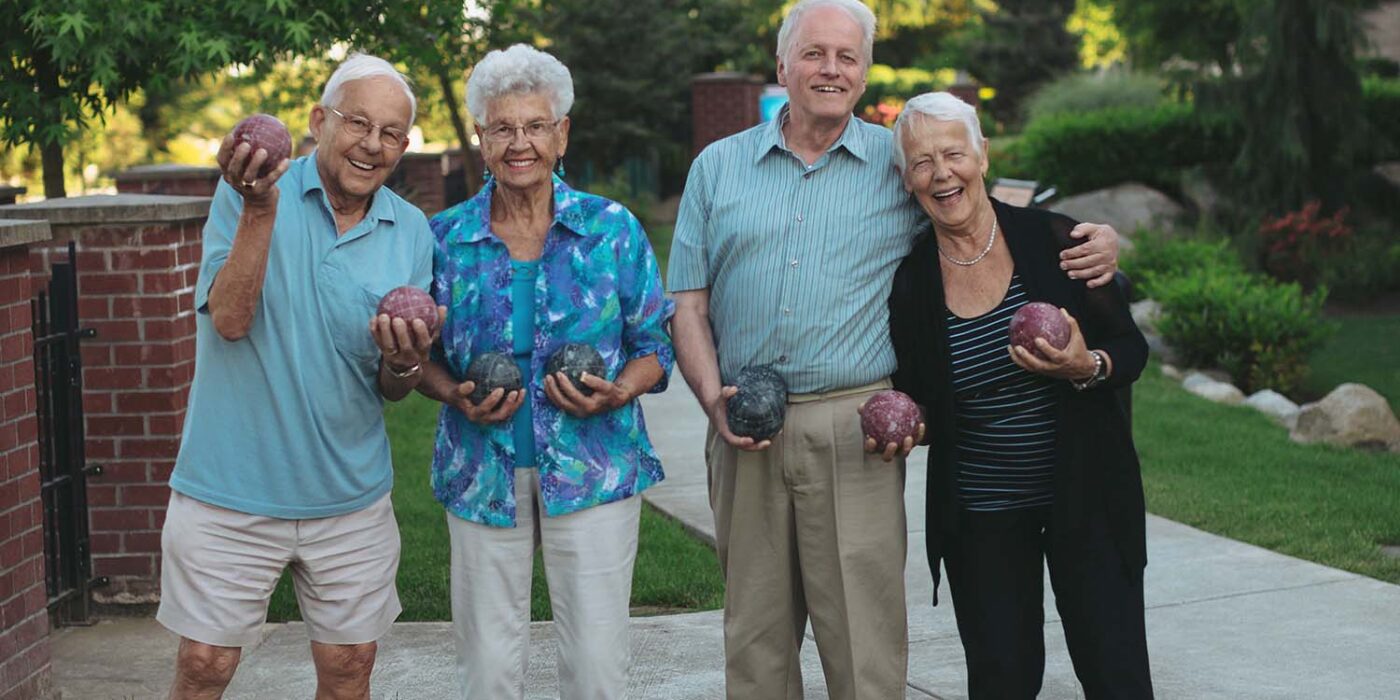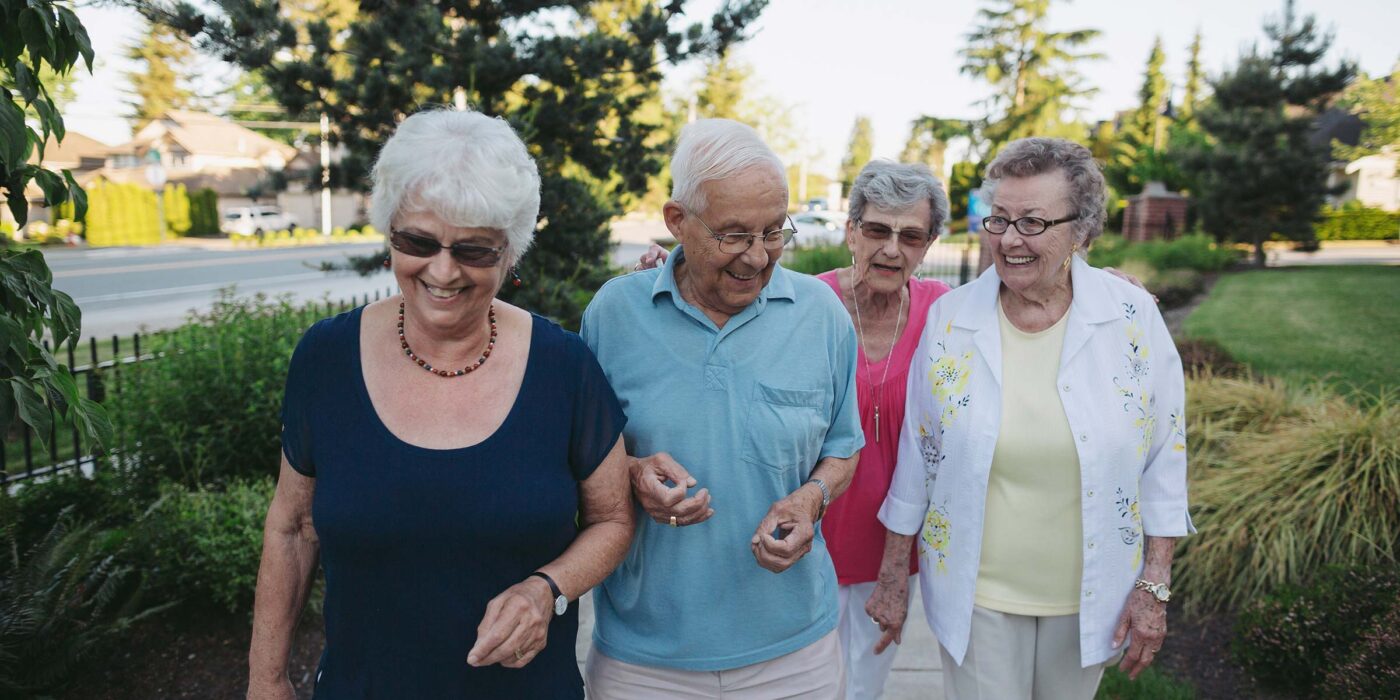Essential Safety Tips for Preventing Falls in Senior Living
Falls among seniors are a significant concern, primarily because they occur frequently and can lead to severe injuries, reducing the overall quality of life. The good news, however, is that most falls are preventable. Seniors and their loved ones can enjoy peace of mind through thoughtful strategies and safety modifications. This blog explores practical steps that can be taken to minimize the risk of falls within senior living communities, ensuring a safer environment for all.
Home Safety Enhancements
The layout and setup of a living space can significantly influence the likelihood of falls. It’s crucial to create a home environment that minimizes risks. For instance, ensuring that walkways and rooms are free of hazards such as loose rugs, electrical cords, and general clutter can make a substantial difference. Securely anchoring rugs with double-sided tape or a non-slip backing and arranging furniture to create clear paths can help prevent tripping. Additionally, installing grab bars and handrails in critical areas such as bathrooms, alongside the toilet and shower, and on both sides of stairways provides support and stability. Lighting also plays a crucial role in preventing falls. By enhancing the lighting in hallways, staircases, and between the bedroom and bathroom and considering the installation of automatic motion-sensor lights, seniors can navigate safely at all times of the day.
Promoting Physical Activity
Maintaining physical fitness is critical to fall prevention. Activities that enhance strength, balance, and flexibility, such as Tai Chi, yoga, and light resistance exercises, are especially beneficial for seniors. Many senior living communities offer structured fitness programs tailored to older people, providing health benefits and a social outlet that can keep individuals engaged and motivated. Regular participation in such programs reinforces muscle strength and improves balance, which is critical in reducing fall risk.
Regular Health and Medication Reviews
Regular medical check-ups are essential for monitoring health conditions that could increase fall risk. This includes routine vision and hearing tests since impairments can contribute to instability. Additionally, a healthcare professional’s annual review of medications can prevent side effects like dizziness or dehydration, which can lead to falls. Adjusting or changing medications that interfere with balance or cognitive function can significantly reduce fall risk.
Choosing the Right Footwear
The choice of footwear can significantly impact a senior’s risk of falling. Shoes with non-slip soles, proper support, and a solid fit are recommended over slippers or high heels, which offer little stability and can increase the likelihood of slipping. Ensuring seniors wear appropriate footwear, even indoors, is a simple yet effective step toward fall prevention.
Utilizing Personal Safety Devices
Incorporating technology and safety devices can enhance emergency responsiveness and provide continuous monitoring. Wearable devices equipped with emergency call buttons allow seniors to alert healthcare personnel instantly in the event of a fall. More advanced technologies, including those capable of detecting falls automatically, can notify caregivers and medical teams, facilitating prompt assistance and reducing the severity of fall-related injuries.
Education and Community Support
Educating seniors about fall risks and prevention strategies is pivotal in minimizing accidents. Workshops and regular training sessions can focus on practical tips such as hydration, proper nutrition, and the correct use of mobility aids. Creating an open environment where residents feel comfortable discussing their concerns allows for better collective vigilance and quicker response to potential hazards.
Preventing falls in senior living facilities requires a combination of environmental modifications, personal health management, and community involvement. By embracing a proactive approach and cultivating a culture of safety, senior living communities can create a secure environment that not only prevents falls but also promotes a sense of confidence and independence among its residents. Together, we can safeguard our seniors and enhance their ability to enjoy a fulfilling, active lifestyle in their golden years.
If you or your loved one have concerns about falling or safety in general, we encourage you to speak up. Reach out to our staff, and let us collaboratively ensure that your living space is as safe and comfortable as possible. We are here to help you live your best life, free from the worries of falling.







